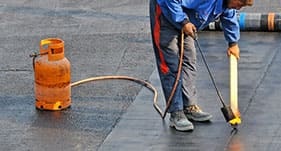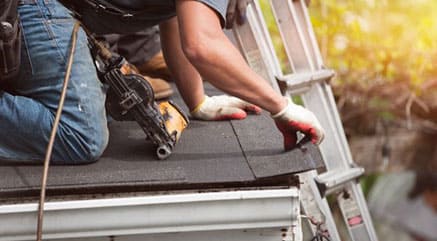Prepare and restore substrates before waterproofing
Prepare and restore substrates before waterproofing
Prepare and restore substrates before waterproofing
Before any waterproofing operation, especially if you plan to use the new liquid membranes, it is necessary to uniform the substrates using innovative rapid setting mortars which can be used in extreme environmental conditions. The best way to prepare and restore substrates before waterproofing, and achieve maximum results, is to use solvent-free systems. The goal is that all components work together to assure a long-lasting solution.
Substrate Assessment

Restore difficult substrates before waterproofing
Another parameter to be taken into consideration when you want to prepare and restore substrates before waterproofing, is the presence of moisture and possibly even wet or very wet surfaces.
Nowadays, thanks to technical research and development, there are extremely valid solutions for those situations. For example, there are “systems”, meaning sets of products, designed to interact perfectly with each other to offer the maximum guarantee of effectiveness.
To restore concrete surfaces, cementitious screeds, plaster, and so on, after removing the degraded or friable parts, which are easily detachable from the base, it is recommended to use a rapid setting thixotropic mortar . This product can be used to eliminate the thickness differences of the background, to uniform the substrate, and it is formulated with agents that are capable of controlling shrinkage in the substrate’s plastic and stiff phases.
Substrate is ready to be waterproofed
Once the surface has been cleaned, flattened out and restored where necessary, the substrate is ready for waterproofing. We have already mentioned the use of waterproofing “systems” to guarantee the best practice for flat roofs as well as terraces and balconies. In fact, these innovative systems, while highly performing on the waterproofing side, also help to protect the substrate.
These new solutions do not need primers and are ready to use. There is no need to add any water nor other components such as solvents, which have been widely replaced by water-based solutions, for the benefit of people’s health and the environment.
It becomes clear how the use of these products saves materials, reduces installation times and allows easier and faster cleaning of the job sites.
Extreme weather conditions
The preparation of the substrate and the waterproofing phase can take place under extreme environmental conditions such as high humidity, presence of water, very low or very high temperatures. In this case, the liquid waterproofing product should be adaptable and able to withstand thermal shocks without problems and, at the same time, guarantee the perfect cross-linking of the waterproofing quickly.
Obstacles can easily become critical elements when we need to carry out a correct and long-lasting waterproofing process.
